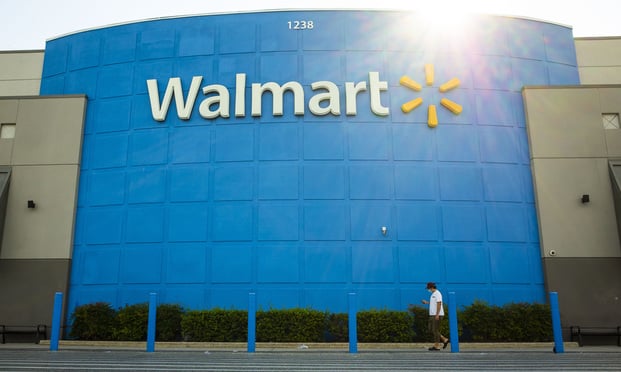 Incentiveswill continue to be the name of the game when it comes to keepingpopulations healthy, and in 2019, incentive plans will become evenmore personal. (Image: Shutterstock)
Incentiveswill continue to be the name of the game when it comes to keepingpopulations healthy, and in 2019, incentive plans will become evenmore personal. (Image: Shutterstock)
As financial responsibility for health care continues to grow,consumers and employers will no longer tolerate poor experiences. The health care market isfocused on driving affordability across the industry and ripe fordisruption. As a result of these market dynamics, as well as ourongoing conversations with clients, partners, and industry influencers, we have identified fivetrends for consumer-driven health care (CDH) that aresure to be at the forefront of the conversation in 2019:
1. Technology, specifically artificial intelligence (AI), willmove from vision to execution in guiding the consumer journey
This year, technology advancements will begin to offer supportthroughout every stage of the benefits journey, from plan selectionto care delivery. We will see AI leverage consumer data to supportdecision-making around optimal plan design and employer funding, toseed key questions consumers should ask their providers, and toprovide prompts that encourage consumers to shop for betterprices.
2. Incentives will be used to help manage and prevent the onsetof chronic disease
Incentives will continue to be the name of the game when itcomes to keeping populations healthy, and in 2019, incentive planswill become even more personal. Wearables and connected homes havebecome more advanced and will provide a platform for employers toset, track, and personalize goals around diet, exercise and evensleep. Rewards for these incentives will often includecontributions to a benefit account, such as a health savingsaccount (HSA).
3. Employers will start to prioritize HSA contributions over401ks
While many consumers are familiar with 401ks as a retirementsavings vehicle, HSAs have gained popularity among experts fortheir potential to significantly impact and up-level the wayconsumers save for the long term. HSAs have recently been named bymany as a favorable alternative to 401ks for their heightenedbenefits that include a triple tax advantage that makescontributions tax deductible, asset grow tax free, and the abilityto use funds for qualified medical expenses at any time without taxfree. Because of these benefits, at age 65, the value of a dollarinvested in an HSA is worth nearly 30 percent more than a dollarinvested in a 401k account.
4. Retail brands will continue to move into the health caremarket
Industry consolidation and simplification will continue to mergebusiness models between care delivery, insurance, and funding withthe ultimate goal to make shopping for health care as easy as it isfor any other retail purchase.
5. Year-round support will help to demystify benefits
As open enrollment season comes and goes, conversations aroundbenefits will continue throughout the year. In order for consumersto take an active role in their health care and to select the planthat works best for them, it's critical that they understand thetrue value of each type of benefit account.
To improve overall fluency, employers will increasingly expandbeyond the traditional once-a-year meeting to initiate year-roundeducation programs for their staff that encourages accountselection, contributions, financial wellness, and the use of toolsand resources. Consistent engagement will also become morepersonalized as employers and health plans use technology todevelop a better understanding of employee pain points and theircommunication preferences.
Continue Reading for Free
Register and gain access to:
- Breaking benefits news and analysis, on-site and via our newsletters and custom alerts
- Educational webcasts, white papers, and ebooks from industry thought leaders
- Critical converage of the property casualty insurance and financial advisory markets on our other ALM sites, PropertyCasualty360 and ThinkAdvisor
Already have an account? Sign In Now
© 2024 ALM Global, LLC, All Rights Reserved. Request academic re-use from www.copyright.com. All other uses, submit a request to [email protected]. For more information visit Asset & Logo Licensing.








